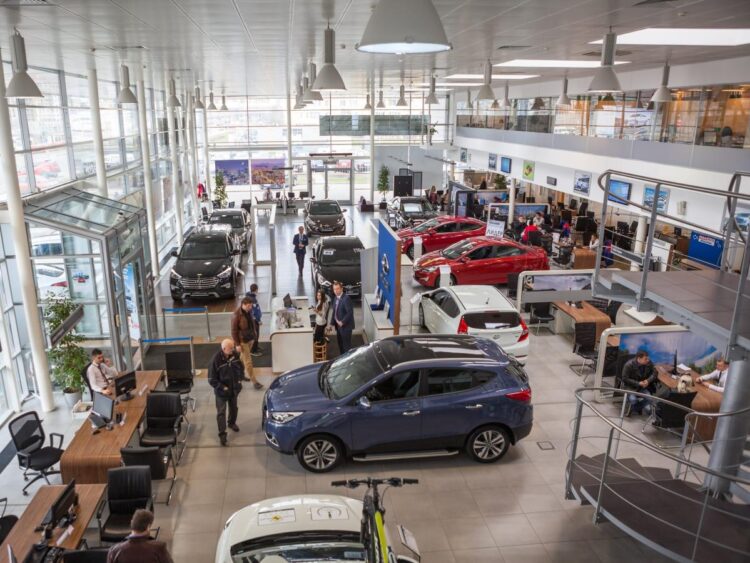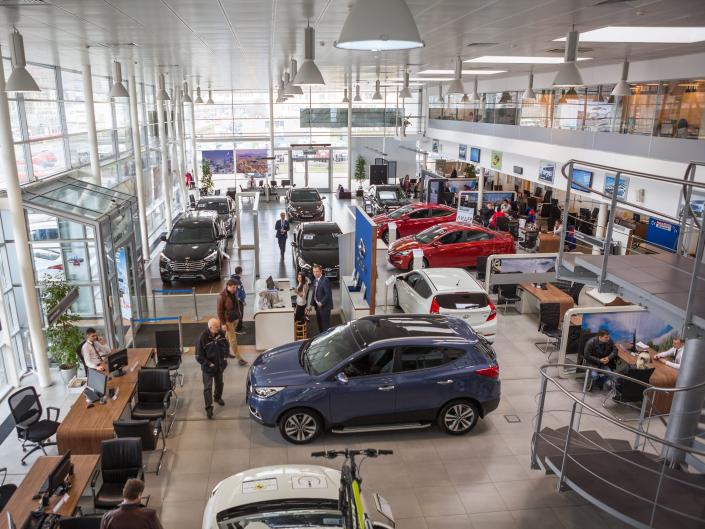
-
Car buying isn’t always the most fun experience.
-
But shoppers can get through it with certain tips and tricks.
-
You should always ask about inventory dynamics and incentives.
Most shoppers don’t like car buying — but there are some ways they can make the experience a little less painful.
From conversations with dealers and industry analysts from Edmunds, J.D. Power, Kelley Blue Book, TrueCar, Cox, and more over the past several months, we’ve compiled the questions consumers might want to ask before they make one of their biggest purchases.
What type of car should I look for right now?
This could be an easy one if a buyer knows exactly what they need and want in a vehicle. But if you’re somewhat flexible or need some pointers on what kind of car to go for next, then the brand, type of vehicle, and inventory will likely all influence your final decision. In today’s market, there are a lot of nuances to keep track of.
Certain brands are more expensive now than in the past, like BMW. Others, like Hyundai and Buick, are less so. Reliability is another important factor to consider, and brands like Kia and Chevrolet top the list. The vehicles that are best for families is another one, too.
Certain types of vehicles, like SUVs and pickups, are more costly, while less-in-demand sedans and minivans aren’t as expensive.
Inventory, meanwhile, is on a rocky ride. (More on that later.)
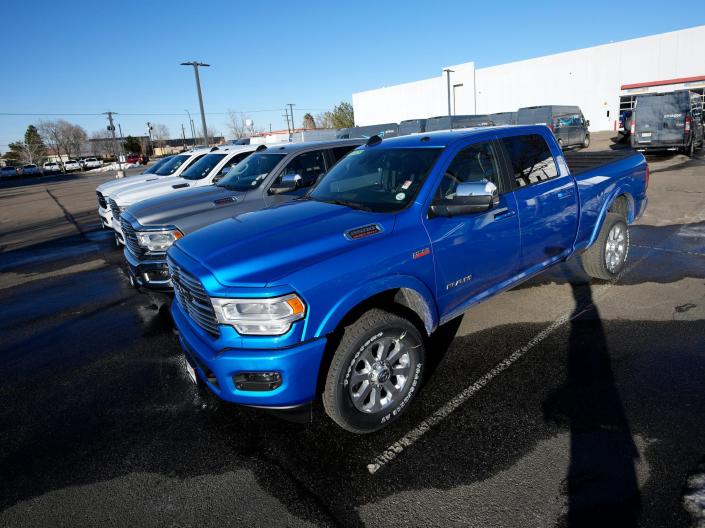
What’s going on with new car prices this year?
The pandemic sent new (and used) vehicle prices skyrocketing over the past few years.
For the most part, new car prices aren’t as intimidating as they were during the peak of COVID, but they also aren’t falling at a rapid pace.
The average transaction price for a new vehicle was $48,763 last month, according to Kelley Blue Book.
Shoppers might want to avoid certain models if they want the best deal. They also might want to look at the best cars for every budget.
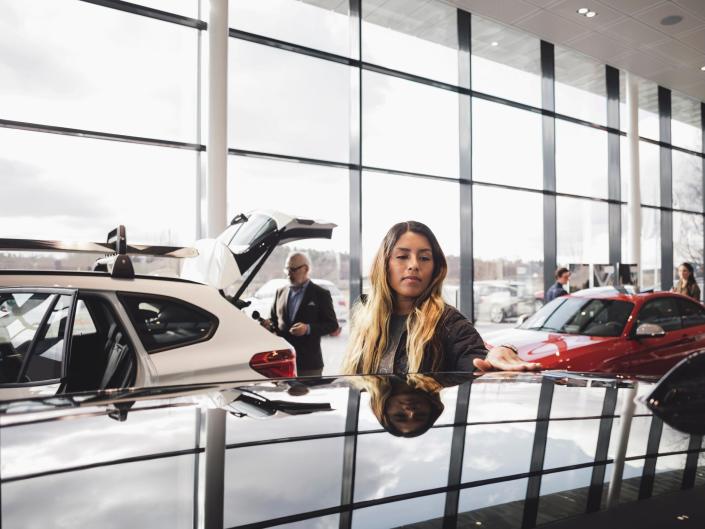
How long will I have to wait to get my car?
Unless a car buyer doesn’t have a lot of specific features in mind and they can drive off a dealer’s lot with whatever vehicle they find that day, odds are, they are going to wait several months for a car.
But that’s the new normal in the world of car buying. Automakers learned throughout the pandemic that customers are willing to wait and pay more to get the cars they actually want. It’s not atypical to place an order for a new vehicle and have the estimated delivery window be upwards of six months away — though that means some customers are hedging their bets.

Should I be worried about the chip shortage?
The chip shortage, a consequence of the pandemic and supply-and-demand issues, has been hobbling the auto industry’s vehicle output for years now.
But this supply chain crisis, which impacted 11 million vehicles worldwide in 2021 and 4.38 million in 2022, is starting to improve.
Concerns over the chip shortage remain, even if automakers are instead blaming other industry disruptions as reasons for delays.
But the impacts of it might be less consequential than other supply chain constraints affecting automakers’ ability to deliver.
What else is going on with inventory?
Generally speaking, car buying is never going back to normal. Many automakers are swapping market share for profits and prioritizing higher-end, luxury vehicles instead of starter cars. Meanwhile, dealers learned from all the demand that they don’t have to have the same amount of inventory on their lots as they might have pre-pandemic.
Inventory is improving — meaning a dealer might not sell a vehicle the same day it hits its lot — but many brands are still surviving on historically low supply.
Domestic brands like Ford and GM have generally had higher days’ supply than other automakers in recent months, with Ford at 60 days, GM at 52 days, and Stellantis (the merger of Fiat Chrysler and the French PSA Group) at 68 days in January, according to a Deutsche Bank note. Other brands are nowhere near those levels yet.
Shoppers need to beware of the caveats that could come with having inventory. Many of the car brands with more inventory on lots than others might also have higher loan payments.
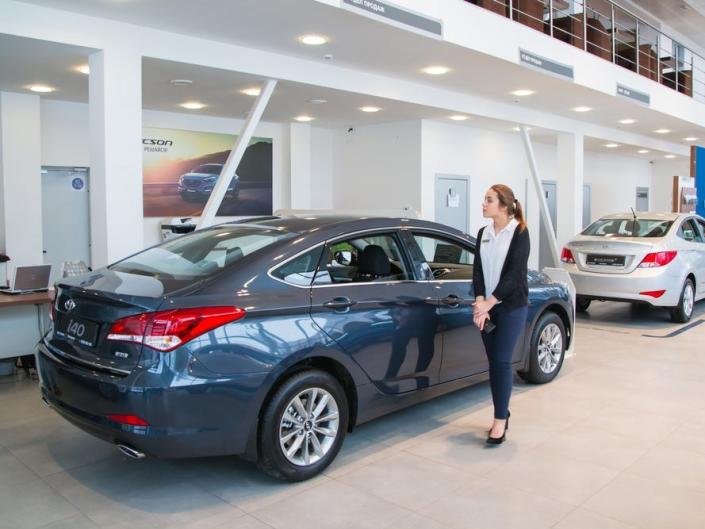
What incentives or other offers are available right now?
Automakers loved how much they could get for vehicles during the pandemic. That meant all sorts of incentives and dealership end-of-year blowout sales were no longer.
But incentives and other deals are starting to slowly creep back to the auto-buying market.
Incentives are still historically low, but they rose to 3% of the average transaction price last month, a 10-month high, according to Kelley Blue Book. (That’s down from 8.3% of the ATP just two years earlier.)
Luxury cars had the highest incentives, at 6.5%, last month. Vans, meanwhile, had the lowest incentives, with less than 1% of the average transaction price.
“Try to take advantage of the incentivized rates that the manufacturers are offering,” Whitney Yates-Woods, dealer principal of Yates Buick GMC in Goodyear, Arizona, told Insider. “Make sure that you ask to see if you can qualify for it, because pretty much everyone’s offering something and also, you can negotiate a good deal.”
What about interest rates and financing?
The tides have turned for the better for shoppers looking for specific makes and models of vehicles.
But skyrocketing interest rates are the new hurdle for many would-be car buyers. This could especially penalize customers with lower credit scores.
“The role of a dealer isn’t just to sell them a car, it’s to help them find the lowest interest rate possible, and that’s both new car dealers and used car dealers. They have the ability to work with multiple banks,” George Chamoun, CEO of digital marketplace ACV, said.
“Dealers spend a lot of time understanding the best interest rates and what the various options are,” Chamoun said. “Even based on the specific car, one bank may provide a lower interest rate on a specific sort of make and model.”
Does the used car market have anything I’d be interested in?
The used car market might be even more complicated for car shoppers than the new market right now.
The effects of COVID really impacted used vehicle supply and demand. As a result, far fewer car shoppers have opted to lease a car in recent years. And many who did lease a car chose to buy it after their contract was up out of fear of not being able to find a replacement in inventory.
Those dynamics have directly impacted the types of vehicles on the used car market today. Fewer low-mileage, newer cars are available, and pricing is volatile.
In February, wholesale used vehicle prices were down 7% from a year earlier, but they rose 4.3% from the month before, according to Cox’s Manheim Used Vehicle Value Index — the largest increase between the two months since 2009.
But you still might be able to find some used vehicles with the biggest price drops.

Should I do a trade-in?
Given the auto industry’s supply-and-demand crisis over the past few years, car owners could get sky-high trade-in values.
Unfortunately for today’s shoppers, those days might be over.
The average transaction price for a used vehicle peaked at $31,300 in April 2022, per J.D. Power. That stood at $29,226 last month.
Meanwhile, trade-in values hit a high of $25,556 in June 2022, but in January, they stood at $21,984, down 14%.
But don’t fret: Dealers are still looking for specific trade-ins that fit the needs of their used vehicle customers. You might be sitting on a car with a high resale value.
Read the original article on Business Insider
[ad_2]
Source link


